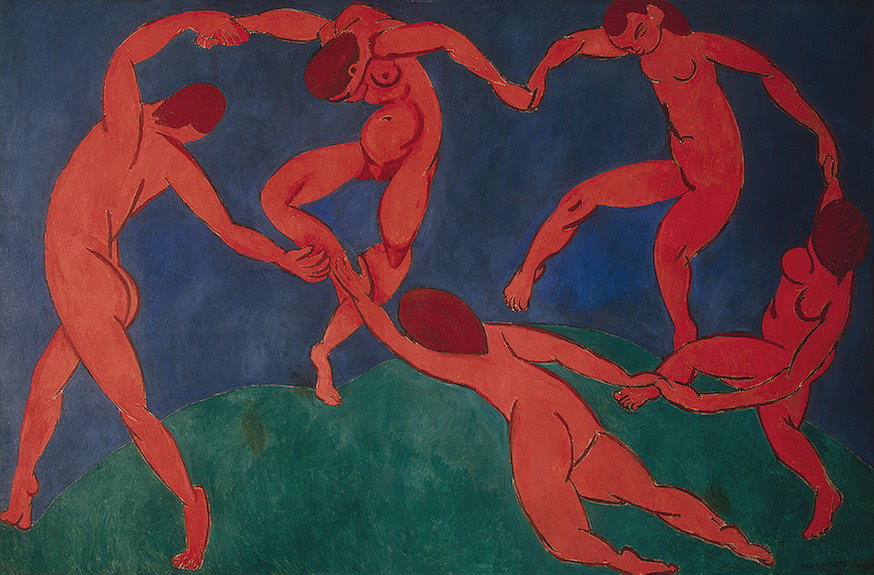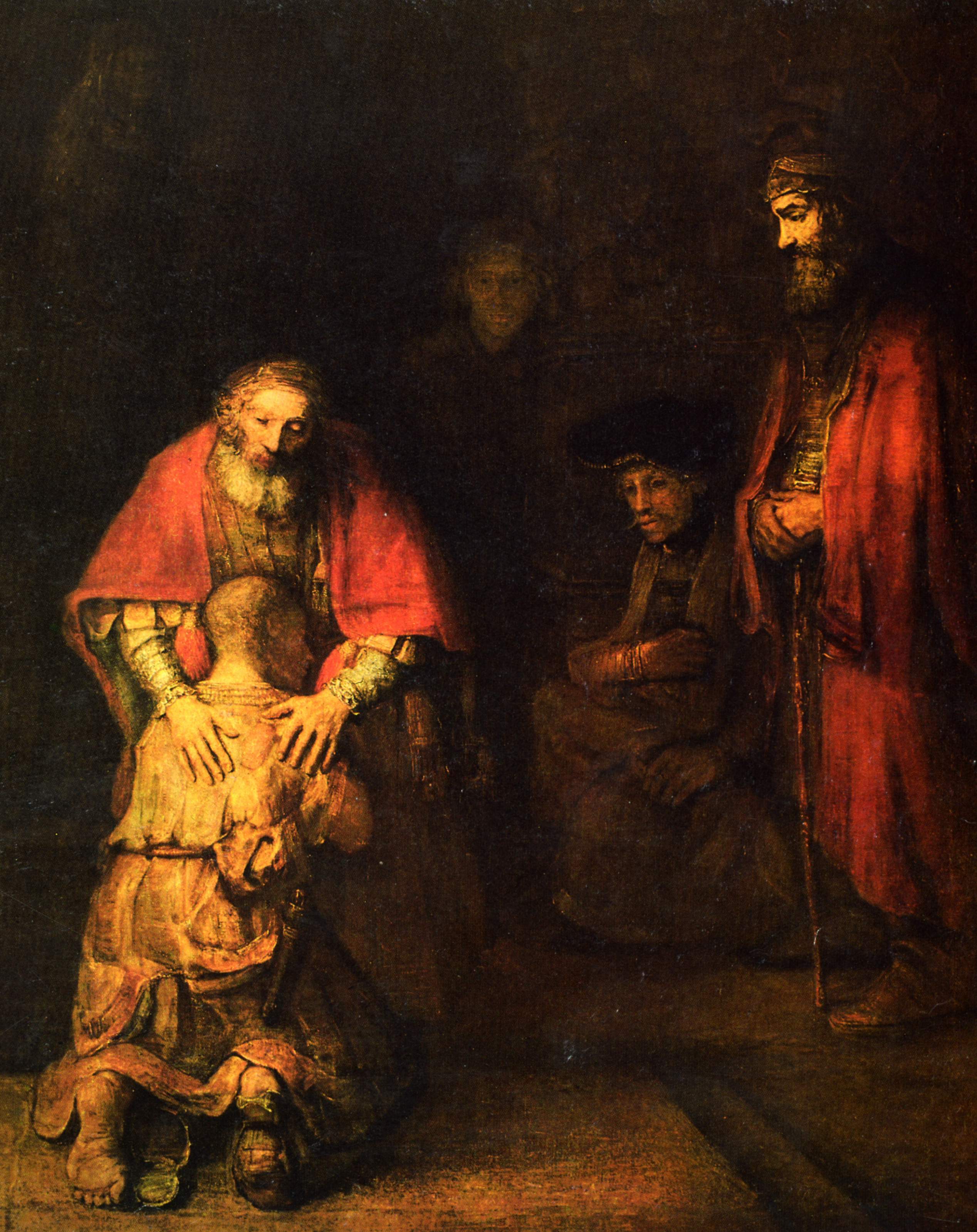Some of the works are slightly cut-off I would recommend clicking them if you want to get the full image.
Claude Monet: Woman in a Garden

Monet is one of the most famous impressionists around. I am always excited to see works by artists that I have heard of before and seeing this painting was a treat. I also got the chance to learn what impressionism is, before I would have defined it as "people painting really fast," but I now also know that impressionism is a movement away from realism, with each brush stroke helping to express the overall impression of the scene on the viewer. It is not concerned with accurate detail as much as it is with providing the impression the lighting, scenery, and colours had on the artist.
From this point, things progressively trended away from realism. While at the musuem I remembered my younger days when I bent a wire-hanger so that it looked like grade 1 geometry class and tried to convince my Mom that it was art. Sometimes the line does get a little fuzzy. Take for instance this work:
Henri Matisse: The Dance

While it looks like a cryptic game of ring around the rosie played by naked red dudes, there's actually quite a lot going on. Our art teacher explained to us about a distinction between Dionysian interpretation of art and an Apollosian. Dionysius was the Greek God of madness and ecstasy, while Apollo was the Greek God of light and truth. It may be an over-simplification but you can view the two as representative of chaos and order respectively. Can you guess what this artist which of the two schools of thought this painting falls into?
To demonstrate the more realistic interpretation that Matisse was moving away from, here is a work by Rembrandt that we also had the chance to see:
Rembrandt Harmenszoon van Rijn: The Return of the Prodigal Son

This was definately one of my favourite paintings yet. The feet and clothes of the prodigal son tell the story of the difficulties that were faced as this wreckless son chose to squander his inheritance rather than work for his father. The story comes from the Bible in Luke chapter 15. I have heard the story many times before and seen cartoons of it in Sunday school, but none of them can present loss, joy, and mutual love that occur when one who was lost through poor choices decides to return to a loving father willing to forgive. The painting really says a lot.
Finally, before I get tempted to show some of the other great works we had the opportunity to witness, I will show one of the most famous paintings we got to see.
Pablo Picasso: Two Sisters

This work from Picasso's blue period maintains the realism that disappears in some of his later works.
The trip made me consider not only the art that we had the opportunity to view but also the process of art history. I considered why art had developed the way it had and wondered what life would have been like had the classical cannons used to paint icons continued to the present. To say that art has progressed is difficult, as there is no definite measure aside from the inappropriate guage of realism. Whether art is better, and along with it, whether life is better now, is not a unique question, but I felt that getting to see so many generations of art on display has helped me to realize that guaging our quality of life will always result in the standard that is used to gauge obscuring the actual quality of the image. The title of this post is from T.S. Eliot's Four Quartets because this poem recognizes that "What could have been and what has been point to one end" and I think all the artists show this end to some degree. Do all the doors we never open lead to the same place? I think they might.


Great summary Kev, we see too much cool stuff! I can barely keep track of how much cool stuff we see. (repetition was necessary)
ReplyDeleteTo add to what you said about Matisse's two works, The Dance and Music, here is an insightful quote from Nietzsche who Matisse undoubtedly had in mind:
“[T]he continuous evolution of art is bound up with the duality of the Apolline and the Dionysiac . . . which co-exist in a state of perpetual conflict interrupted only occasionally by periods of reconciliation.”
- Nietzsche, in The Birth of Tragedy.